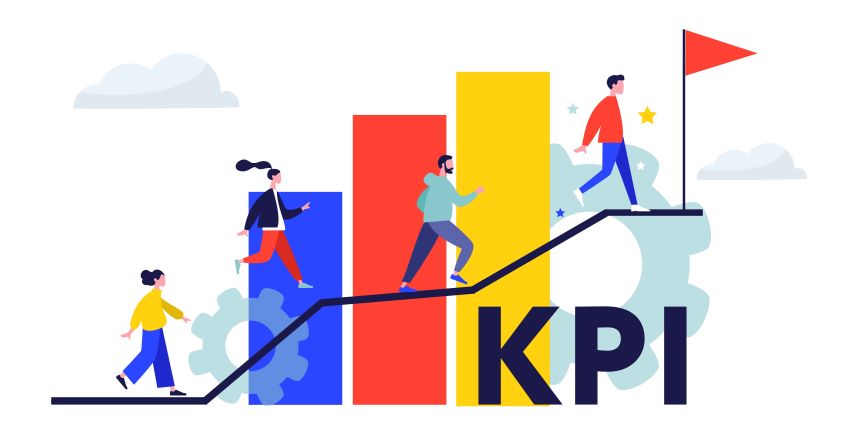When it comes to your restaurant’s digital marketing strategy, your KPIs are the bedrock on which your success rests. In order to implement the essential KPIs, you need to know what they are. The good news is by the end of reading this you will know everything you need to about KPIs. As a result, your digital marketing will have firm ground to stand on. Metrics are different for eCommerce campaigns and non-eCommerce campaigns. You need to ask yourself, are my metrics correct?
If your KPIs are constantly shifting, based on vanity metrics, or simply undefined, you’ll have no way of measuring which of your campaigns are wins and which are flops. As a result you need to put your focus on KPIs front and centre.
In order to understand KPIS, you need to grasp vanity metrics first. They are numbers that might make you feel good or look good on a report, but don’t translate to more diners or more return on your investment. For example, having tens of thousands of Facebook followers because you got them through ‘like & share’ competitions. The result of this is they generally are not interested in your restaurant and will not order a meal from you. It looks good to have that kind of social presence, but it doesn’t translate to revenue.
Two general areas to pay attention to are channel performance metrics and engagement rate, which are the most noteworthy areas to look at. These two sets of KPIs are complimentary. Channel performance metrics show how each marketing channel is doing. Engagement rate metrics show how engaged your audience is.
Channel Performance Metrics

Understanding the goals you want to achieve for each marketing channel lets you understand how your campaigns have performed.
Ecommerce campaigns can be calculated in terms of ROI and CPA. However, non-ecommerce campaigns should be assessed on conversion rates.
Therefore, it is important to remember these metrics will differ depending on what stage of the purchase funnel your campaign is targeting.
How does each marketing channel perform based on the following metrics?
- Conversion Rate: What percentage of traffic from each channel converts into bookers?
- Cost per Acquisition (CPA): What is the CPA for your ecommerce campaigns? This metric is important for restaurants because it lets you see which channels are best to invest in. When driving direct orders, it’s important to have a CPA benchmark.
- Return On Investment (ROI): What return are you getting on your marketing spend? This should only be applied to ecommerce campaigns.
Engagement Rate

You can use Google Analytics to look at metrics. This will help you to understand how engaged your audience is.
To gain a deeper understanding, we’d advise you to look at your engagement metrics (below) based on the following dimensions:
Device: Mobile, tablet and desktop
Traffic Source: Organic, social, paid, display, email
Geographic: Country, city
Demographic: Age, gender
Here are the key engagement metrics for you to consider when planning your marketing campaigns:
- Average Time on Site: What is the average length of time diners spend on your restaurant’s website? Time on site is a key indicator of how successful your site is in attracting relevant diners.
- Average Pages Per Session: Examine the pages per session that the average user on your site views. This will give you a measure of how engaged they are with your restaurant, and how compelling your site is.
- Bounce Rates: Review bounce rates for key pages on your site on a regular basis Which pages are bounce rates highest for? Are these pages you would expect a high bounce rate for? If not, what can you do to improve engagement?
Conclusion

It is difficult These stats should give your digital marketing strategy quantifiable goals to achieve. Make sure you’re measuring KPIs that make sense for your restaurant and for the campaign you’re running – ask an expert if you’re not sure where to start!




